Action Target Increases H&H Shooting Sports’ Lane Count
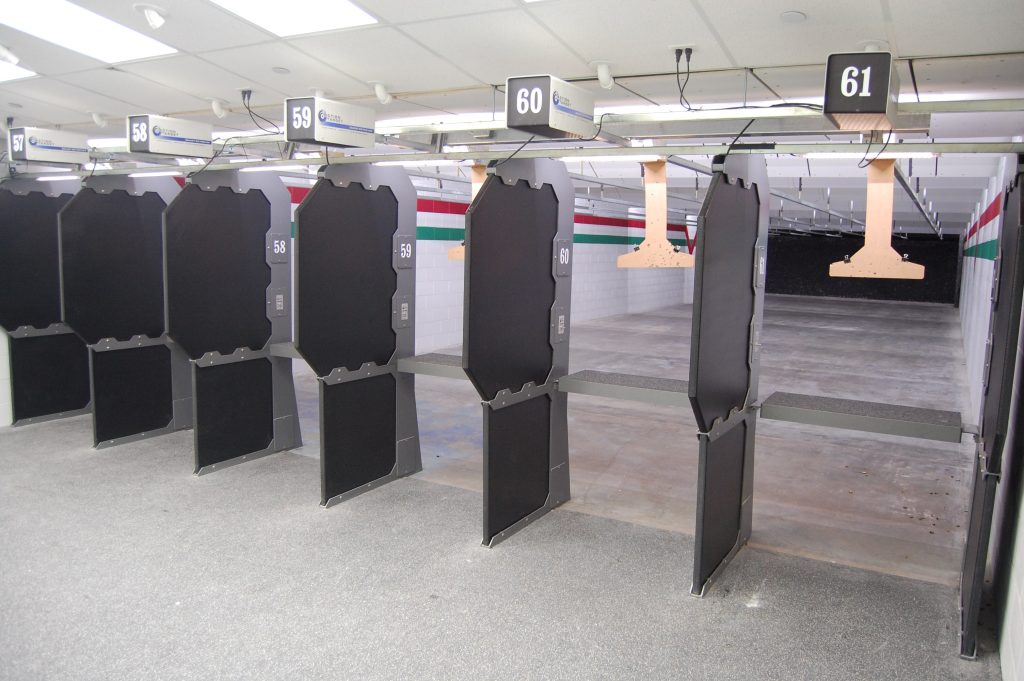
PROVO, Utah – Aug. 15, 2013 – H&H Shooting Sports of Oklahoma City recently teamed up with Action Target, the world leader in shooting range development, equipment and services, to increase their shooting lane count from 55 to 61 making them one of the largest gun range and retail firearm stores in the nation. Action […]
Myths About Wet Steel Traps
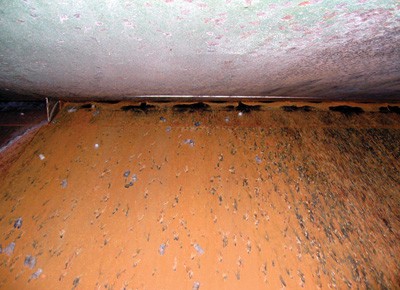
As with anything else in life, the ability to make an informed decision is based on the quality of the information you receive. The purpose of this article is to explore some of the claims associated with using water on steel funnel traps. This information represents the opinions of Action Target based on the experience […]
Myths About Rubber Berm Traps

At its most basic level, a rubber berm trap is approximately two feet of chopped rubber laid on top of an angled support structure to create a backstop or “berm” to catch bullets fired into it. There are several different approaches to this fundamental idea, but the same basic principles apply to them all. When […]
The Equipment You Need to Make a Good Shooting Range Great: Pt. 2

By Matt Brinkerhoff, Action Target Range Consultant When it comes to shooting ranges, bullet containment is the paramount concern. As we discussed in our last article, the appropriate bullet traps and safety baffles need to be in place in order to keep your customers and employees safe. That means bullet traps that reliably collect and […]
The Equipment You Need to Make a Good Shooting Range Great: Pt. 1

By Matt Brinkerhoff, Action Target Range Consultant Anyone who has been to a quality shooting range knows it requires much more than a line drawn in the dirt and a few paper targets. Great shooting ranges are designed to protect customers, employees, and the environment. Here at Action Target, we specialize in designing, manufacturing, and […]
New Local Shooting Range Promises a Clean Environment
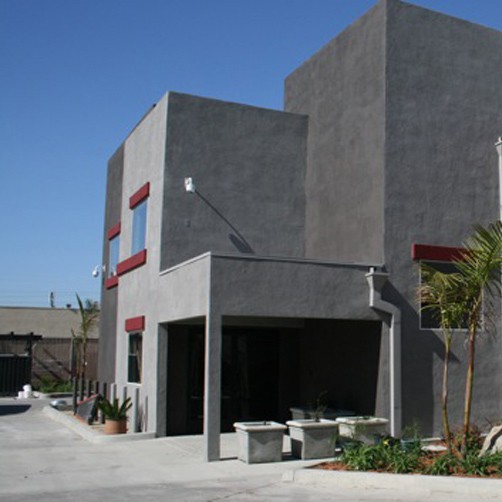
Field Time Target and Training in Stanton, CA, has teamed with Action Target to create a state-of-the-art shooting range for firearms training. The new facilities include a firearms and ammo retail store, two indoor shooting ranges, and classrooms for in-depth instruction. “Orange County is range deprived,” said Field Time owner Greg Caringella. “There was a […]
The Top 3 Things to Consider When Building a Shooting Range
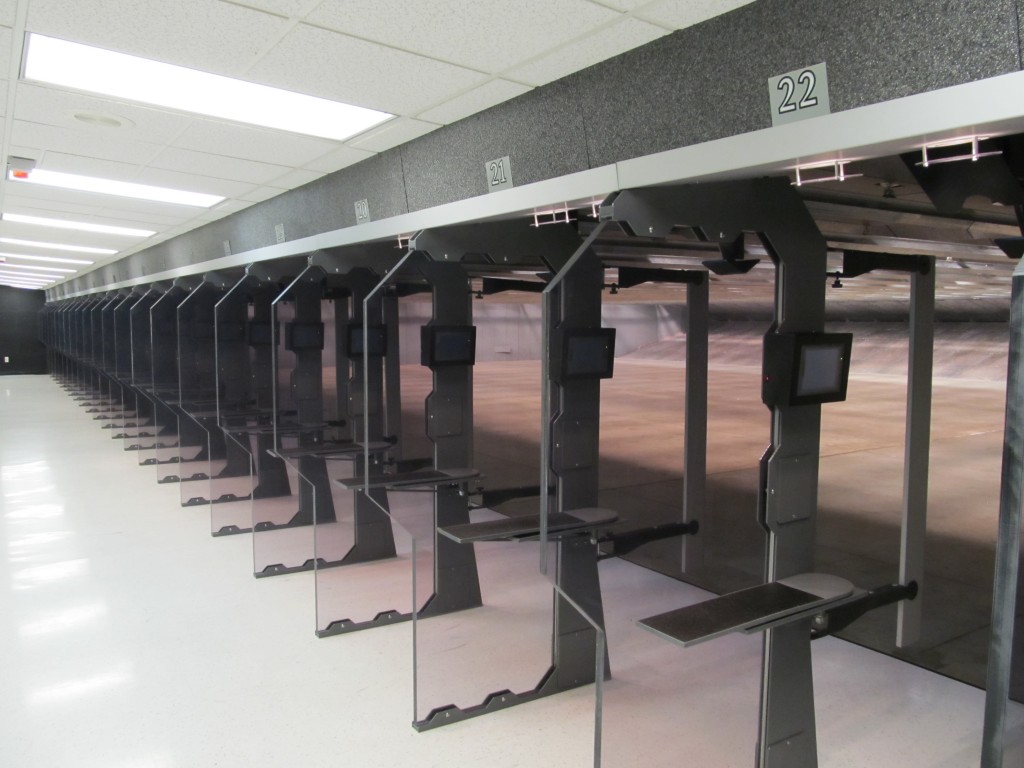
Building a shooting range is a huge endeavor that should be approached cautiously and systematically. There are many things to consider and potential issues you may have to deal with; however, don’t let that deter you. Building a shooting range is a perfectly attainable goal if you start things right. Even if you already own […]
Which System is Better for the Total Containment Trap: Conveyor or Bucket?
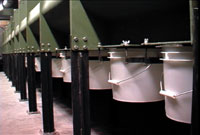
The goal of every range should be to increase facility revenue. In order to achieve this goal, all range products and features should be carefully evaluated to ensure they maximize revenue and are aligned with the volume of range use. While the bucket system is the ideal solution for some ranges, Action Target recommends that […]
What is the Best Bullet Trap for my Range?
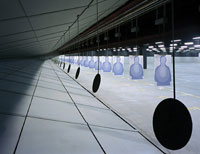
Choosing a bullet trap is an important decision that will directly impact a range’s profits. However, it is a decision that often seems overwhelming given the number of options available. To truly understand how important a bullet trap is to range operations and budget, it is helpful to think of the range as a large […]
Raising Returns on the Range
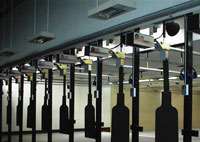
A range is a business. Despite the fact that many people end up turning range operation into a humanitarian effort by working more than 90 hours a week, it must be remembered that most people chose to run a range for the purpose of financial gain. Similarly, the goal for most facilities is to be […]